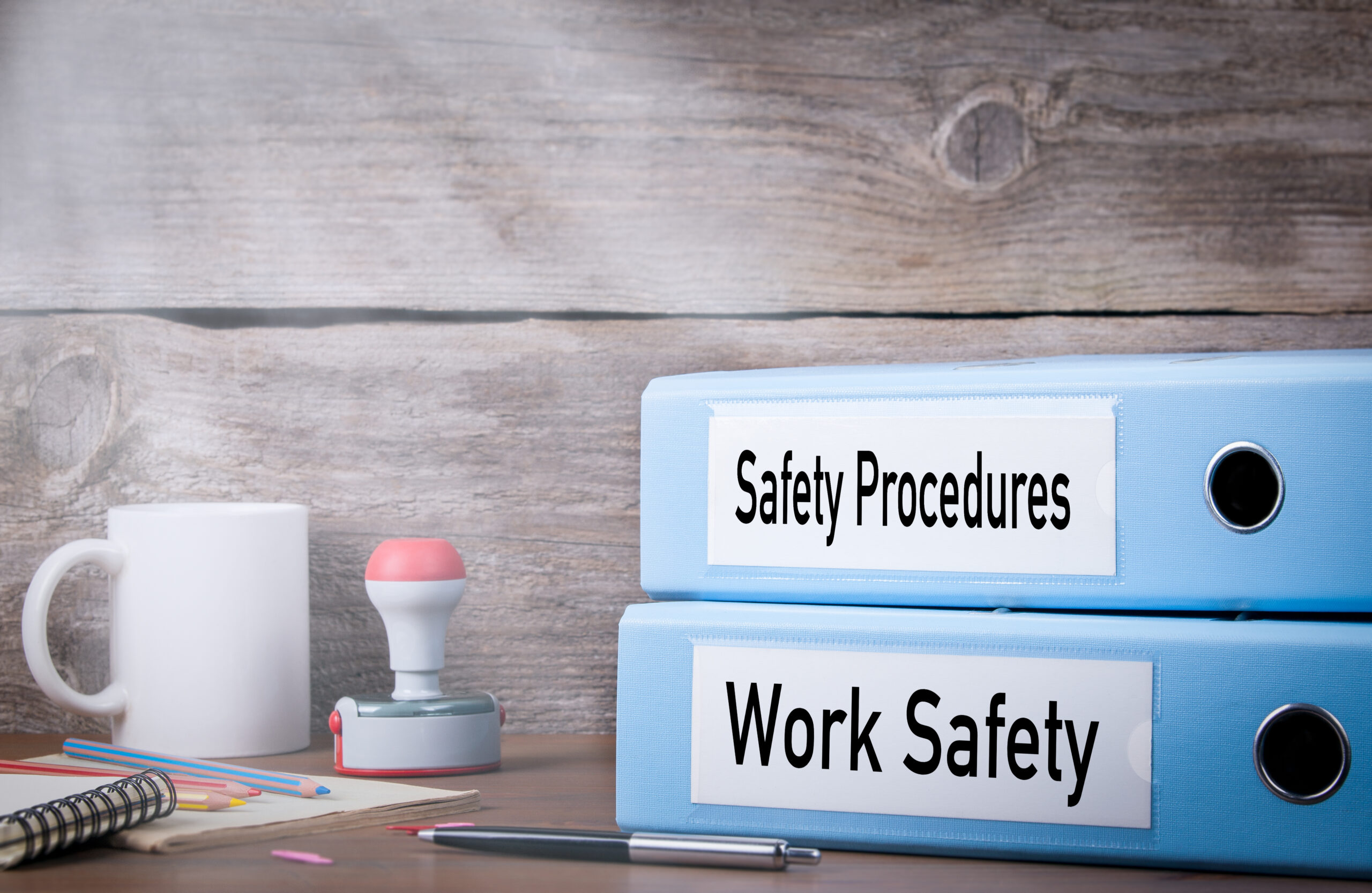When I first began advocating for training all employees on sexual harassment prevention, a few companies agreed that this would be an effective way to address workplace harassment. But most would say, “are you kidding…isn’t that just giving our employees a roadmap on how to sue us?”
“No,” I’d protest. In fact, quite the opposite is true.
It’s good for us to know there are cynics out there. Many of them have read the research indicating that training hasn’t moved the needle so their skepticism is understandable.
But there is good news. If you read that research more carefully, you’ll see that researchers cite two key reasons for that ineffectiveness: 1) too many companies haven’t trained everyone and 2) too many companies have relied on bad training. The research is clear: bad training doesn’t work, and training only a small percentage of your workforce (managers) doesn’t work.
If you’re in charge of scheduling, designing, deploying and tracking training, especially in large states like California and New York, you’ve got a big job ahead, but by following some simple steps, you can make your job infinitely easier.
The Elements of Bad Training
Given the new state mandates, I’m now coming back to the “training is a roadmap to sue us” conversations I’ve had. It’s actually true. BAD training might absolutely serve that purpose. Here’s why:
- Bad training focuses only on preventing unlawful harassment. The message is, “we don’t care about preventing behavior that falls short of illegal.”
- Bad training sticks to the mandatory script – it defines unlawful harassment and unlawful retaliation, and provides examples of illegal conduct. In other words, all bad training teaches is how to speak legal-talk, not real life talk.
- Bad training only discusses how to report “harassment.” In other words, the only option given is to report behavior once it’s so bad, that it violates the law. As an employee, I’d have to ask myself, “if the conduct is already at the point of illegal and my company hasn’t cared about it until now, isn’t it better for me to immediately take the legal route?”
- Bad training also sends the wrong message to your employees. It is crystal clear that the best way to prevent workplace harassment is to have a healthy and inclusive workplace culture. That can’t be achieved without mutual trust and without an authentic commitment to civility and respect from everyone. By only training managers, employees get the message that management is “hiding the ball” from employees, keeping them out of the process of making the workplace better for all. It also creates the impression that management’s goal is to simply “circle the wagons” when an issue related to sexually-charged misconduct comes to light.
So yes, poorly designed and delivered training could actually provide employees with a roadmap on how to sue you.
5 Ways to Avoid the Bad Training Trap
But there’s good news. This is avoidable. How? Through the use of nuanced and comprehensive training that goes far beyond the legal mandates.
What does that look like?
- Prepare: Collect information to get your finger on the pulse. Do you see patterns in terms of the types of complaints you receive? Perhaps they show hot spots in certain regions or they are overwhelmingly about a particular type of claim. This helps you prioritize the content and the timing of how you deploy the various topics.
- Design: Design a program based on what you learned from step #1. The various mandatory training laws all provide general guidance on content, but all of that is legal. Design your program to meet your company’s specific needs. Does it appear that employees are lacking in communication skills? Do managers need to learn to use their emotional intelligence to more quickly and efficiently intervene when conflict starts? Is there a misunderstanding about unconscious bias and diversity? If so, this helps you better plan the type of training you’ll provide.
- Content: Not everything can be covered in one session. Create a program that provides the legal information required by the various state laws, and supplement that with education on other workplace skills, including (among others):
- Communication skills. This means general ways to improve two-way, respectful communication that is precise. It also means teaching your employees more than legal language.
- For example, rather than having them report “harassment,” teach them to report: “what happened, how did it affect you, what can be done to make things better.” So, “Joe is harassing me,” becomes “Joe speaks to me in a rude and demeaning way. For example, he yells and calls me lazy. This makes me feel disrespected and sometimes his behavior even scares me. I’d like him to understand that this is making it harder for me to do my job, and it’s against everything the company always says about a commitment to mutual respect. I need the behavior to stop and for him to treat me with professionalism and civility.”
- Use examples to clarify the difference between unlawful behavior and behavior that might not be illegal but is still problematic. This is a great moment for your company to make a strong statement that you find all misconduct unacceptable and that you’re committed to addressing conflict early, before it becomes unlawful conduct. At Emtrain, we use the Workplace Color Spectrum® to help employees differentiate between behavior that is problematic, whether or not it’s illegal.
- Make sure the training is interactive. This means allowing for Q&A, but it means a lot more than that. Ask questions (to test knowledge), include polling questions (to gauge the workplace temperature), include evaluation questions (to rate the training and to seek suggestions to improve it), introduce activities (to promote more discussion), and use realistic examples (to increase understanding).
- Save the information you receive from the training to help guide you to keep making your sexual harassment training program better and better.
- Communication skills. This means general ways to improve two-way, respectful communication that is precise. It also means teaching your employees more than legal language.
- Deploy, track and celebrate: Map out a detailed plan that is both mindful of compliance dates and prioritizes topics to be covered. Track the training and celebrate people who have completed training, complimenting them for a job well done.
- Review data collected: Use the information you receive from the interaction during the training to keep the loop going so that your program is dynamic, fluid and effective.

By taking these easy steps, you’ll understand why GOOD training is anything but a roadmap for your employees to learn how to sue you. By anchoring your training on behavioral science principles that are proven to positively affect workplace conduct, you’ll see that training can become a vital piece of the harassment prevention puzzle.








